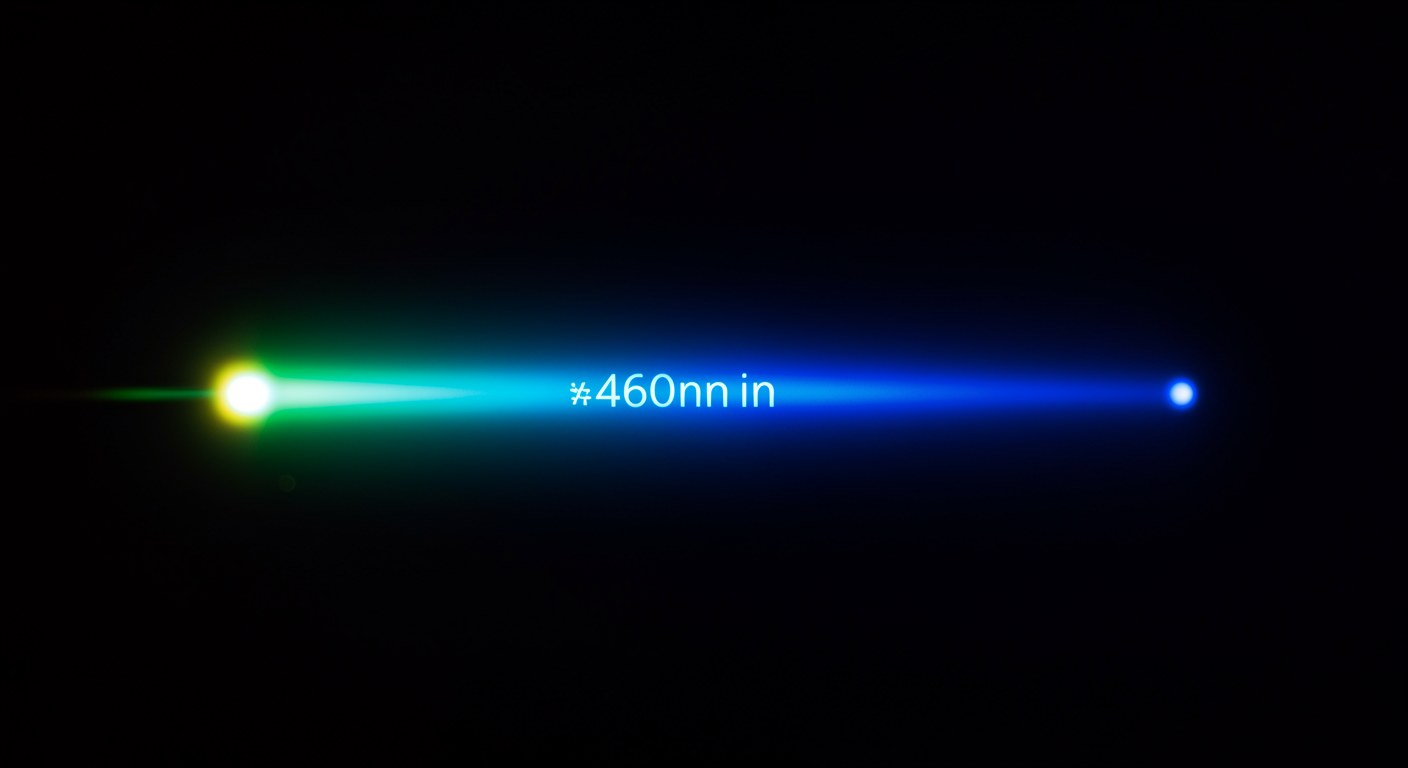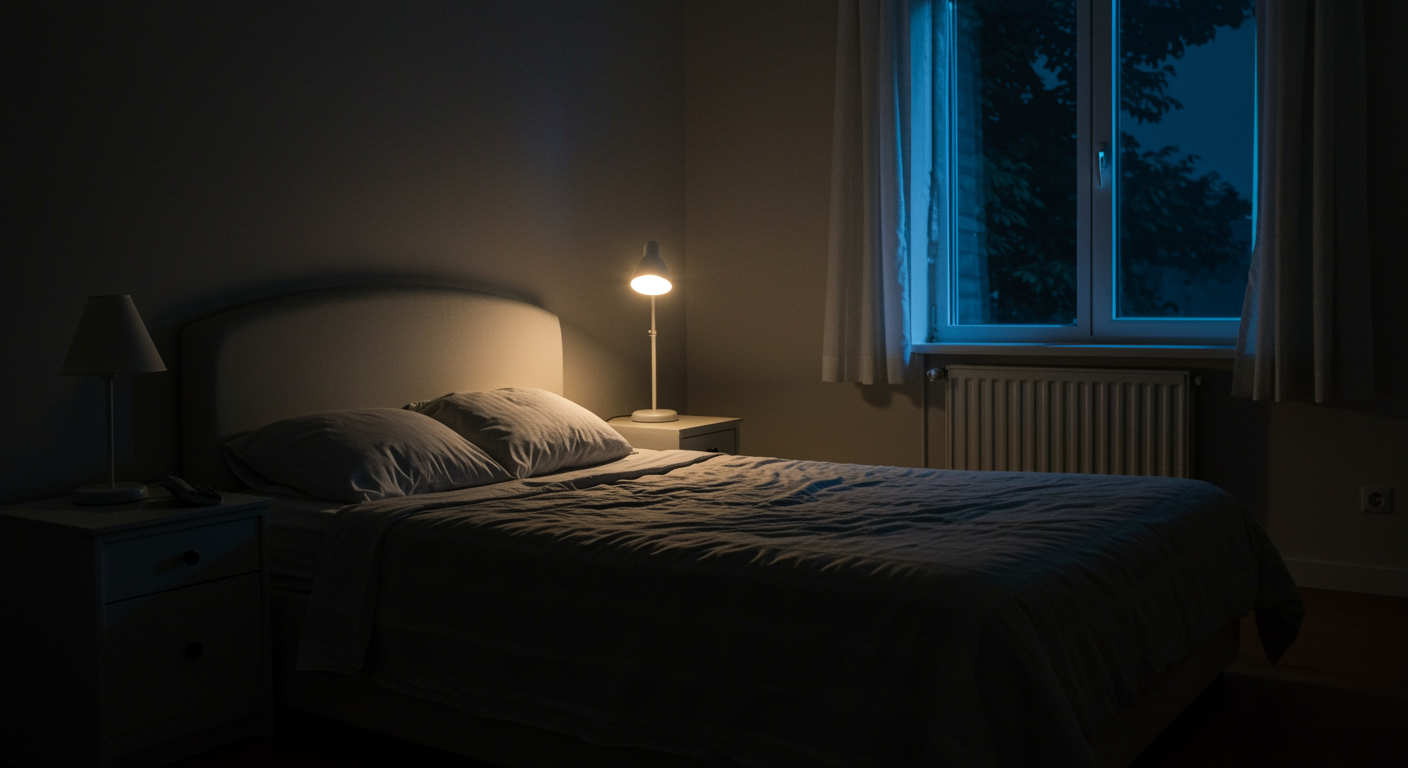Blue Light at 460nm Suppresses Melatonin Most Effectively
Which Wavelength of Light Most Effectively Suppresses Melatonin?
Blue light at 460 nanometers is the most effective wavelength for suppressing melatonin production, according to precise spectral analysis research. This study mapped the complete “action spectrum” for melatonin suppression, revealing that the circadian system’s sensitivity peaks sharply at this specific blue wavelength—distinct from the wavelengths that optimize vision. The research provides the scientific foundation for designing lighting that either promotes or prevents melatonin production, depending on the time of day and desired circadian effect.



